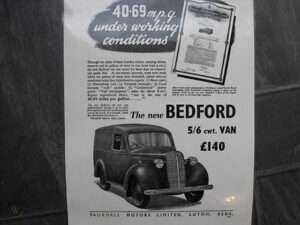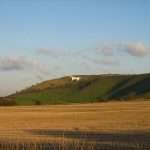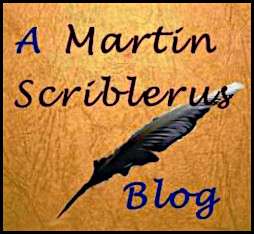It is more than twenty years since David Hay and Rebecca Nye published their book The Spirit of the School. The book argued that spirituality was something other than religion and was a matter too important to be left to those who were religious. Hay and Nye believed that being spiritual was about having a sense of realities bigger than oneself, realities beyond oneself.
The writers could not have anticipated the extent to which introversion and egocentrism would come to define the opening decades of the Twenty-First Century. School students have shown progressively less awareness of any reality other than themselves and their wants. The advent of the smartphone and social media has centred their worlds upon themselves and upon their concerns.
Of course, the phenomenon is not universal. There are still some whose world is not centred upon online exchanges, there are still some with an awareness of the big realities, but they stand in contrast with the majority whose sense of empathy with those in the world beyond themselves has been stunted by constant messages about how special they themselves are.
The places where a sense of what might be called “spiritual” has not disappeared are the private schools, places with their own distinctive traditions and their own chapels. What was once called “public school Christianity” may never have been more than a vague deism and an awareness that public service was desirable, but it nevertheless gave those educated in such schools a sense of greater realities.
The loss of the spirit of many state schools has impoverished the lives of most of those who attend. Life has become a matter of playing online games and posting on social media video platforms. Few ever watch a news programme, fewer still ever see a newspaper. There is a lack of awareness of the outside world, an ignorance of the realities that directly affect their lives.
Spirit has been replaced by an arrogant sense of entitlement, people who insist they have rights to do what they want, when they want, and the right to receive assistance from the state to live the lives they choose. They must not be criticized, they must not be told they have done wrong. Telephone parents to discuss the behaviour of their children and many will be as rude as the children they have produced.
The response to the spiral of selfishness needs to be a recovery of spirit, a recovery of a sense of reality where individuals are not the centre of the world.



